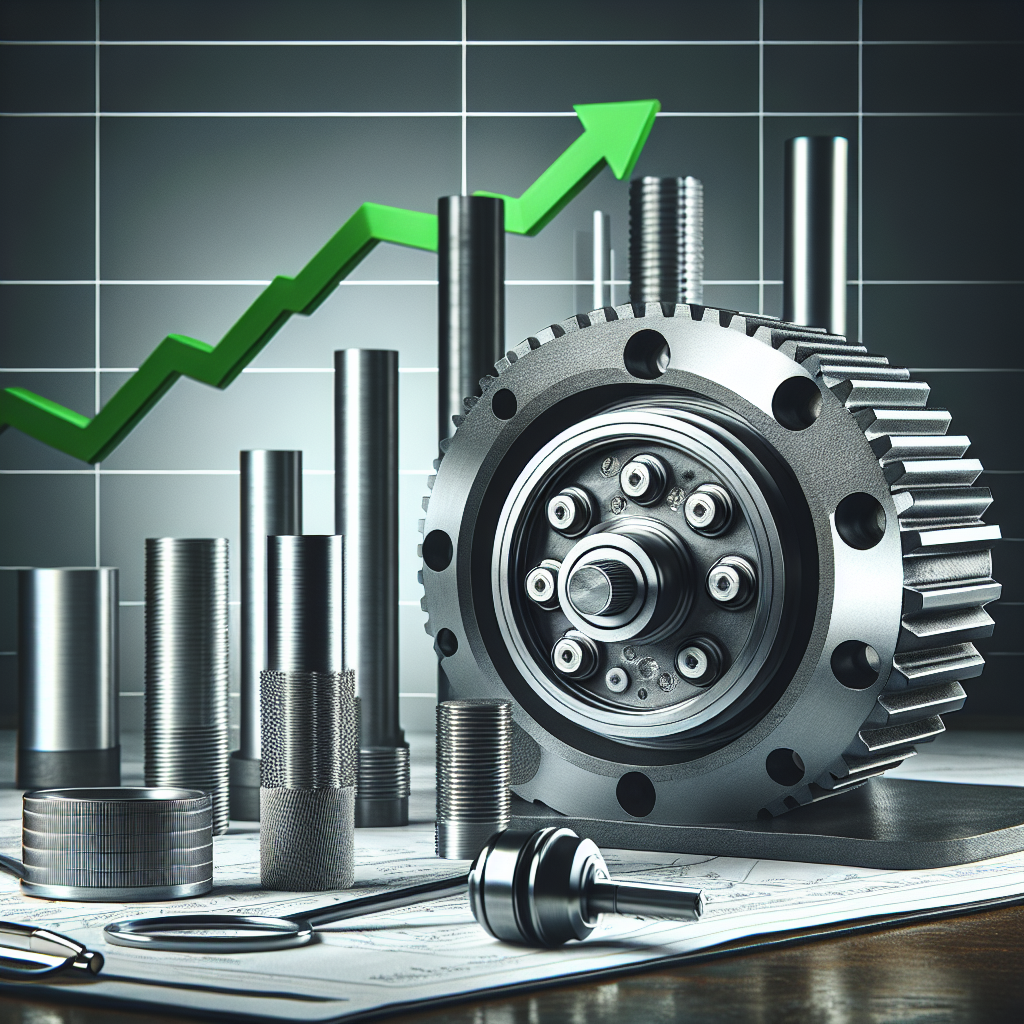Your cart is currently empty!
Proactive Maintenance Best Practices for Long-Term Success

Proactive maintenance is an essential aspect of ensuring the long-term success of any business. By implementing best practices for proactive maintenance, companies can minimize downtime, reduce costs, and increase the lifespan of their equipment and assets. In this article, we will discuss some key best practices for proactive maintenance that can help businesses achieve long-term success.
1. Develop a maintenance schedule: One of the first steps in implementing proactive maintenance is to develop a maintenance schedule. This schedule should outline when maintenance tasks need to be performed, who is responsible for performing them, and what resources are required. By having a structured maintenance schedule in place, businesses can ensure that maintenance tasks are performed regularly and on time.
2. Conduct regular inspections: Regular inspections are essential for identifying potential issues before they escalate into costly problems. By conducting routine inspections of equipment and assets, businesses can identify wear and tear, leaks, and other issues early on, allowing them to address them before they cause downtime or damage.
3. Implement predictive maintenance techniques: Predictive maintenance involves using technology and data to predict when equipment is likely to fail. By implementing predictive maintenance techniques, businesses can schedule maintenance tasks more efficiently, reduce downtime, and extend the lifespan of their equipment.
4. Train maintenance staff: Proper training is essential for maintenance staff to effectively perform their duties. By providing ongoing training and education to maintenance staff, businesses can ensure that they have the skills and knowledge required to perform maintenance tasks effectively and efficiently.
5. Use technology to streamline maintenance processes: Technology can play a key role in streamlining maintenance processes and improving efficiency. By using maintenance management software, businesses can track maintenance tasks, schedule maintenance activities, and generate reports to monitor equipment performance and maintenance trends.
6. Keep detailed maintenance records: Keeping detailed maintenance records is essential for tracking maintenance activities, identifying trends, and making informed decisions about maintenance practices. By maintaining accurate and up-to-date maintenance records, businesses can ensure that maintenance tasks are performed on time and that equipment is properly maintained.
In conclusion, proactive maintenance is crucial for the long-term success of any business. By implementing best practices for proactive maintenance, businesses can minimize downtime, reduce costs, and increase the lifespan of their equipment and assets. By developing a maintenance schedule, conducting regular inspections, implementing predictive maintenance techniques, training maintenance staff, using technology to streamline maintenance processes, and keeping detailed maintenance records, businesses can ensure that their equipment and assets are well-maintained and operating at peak performance.

Leave a Reply